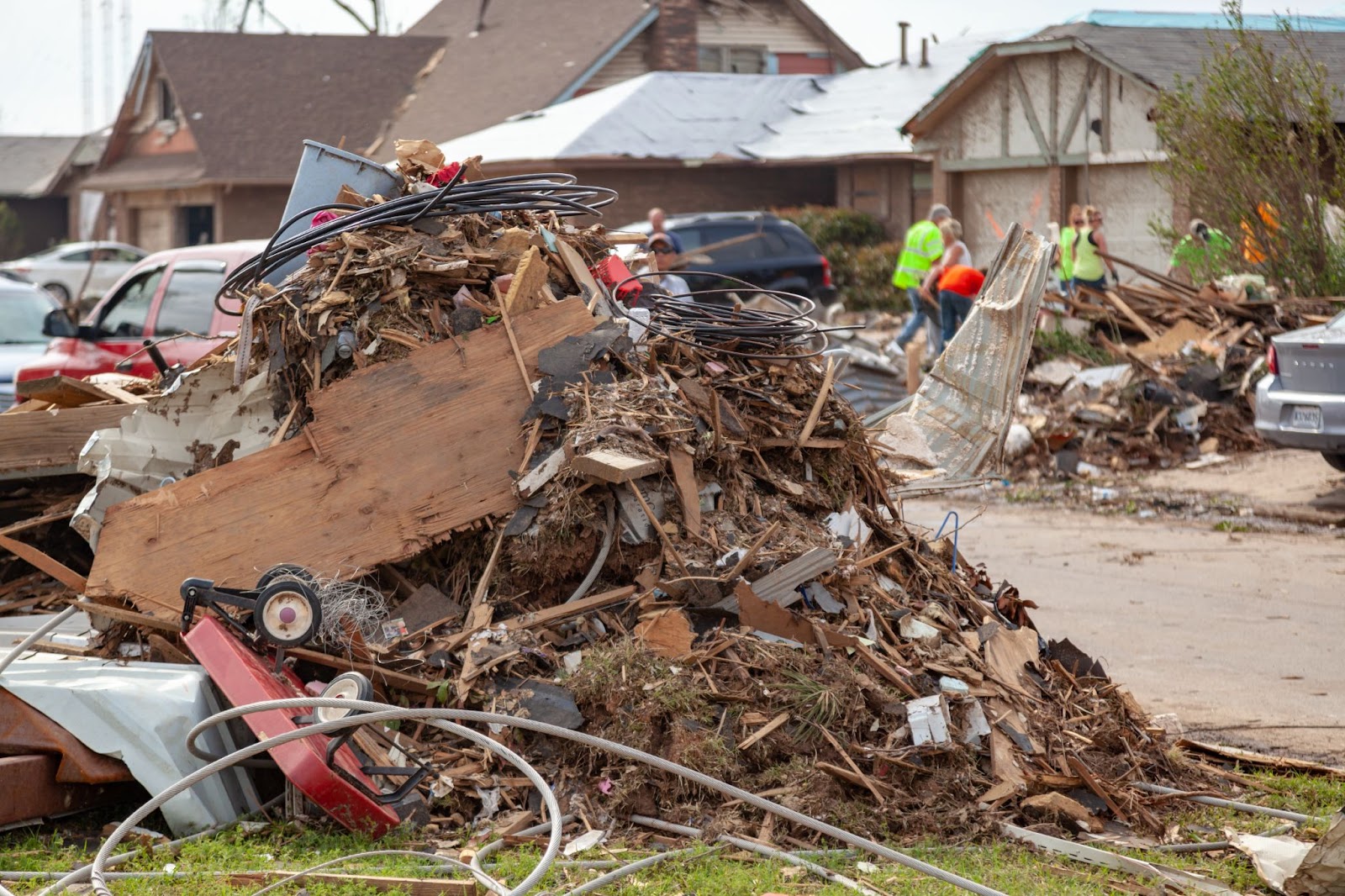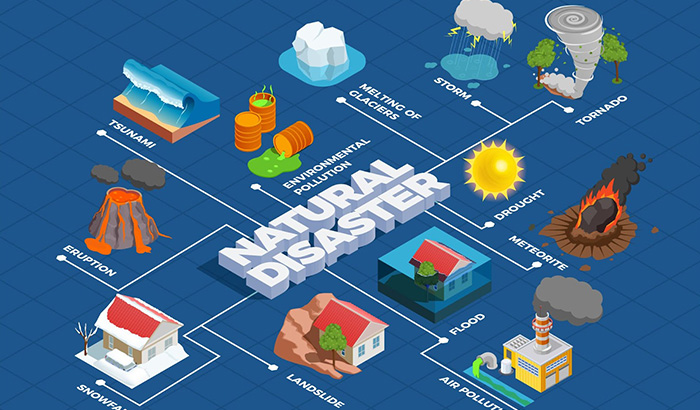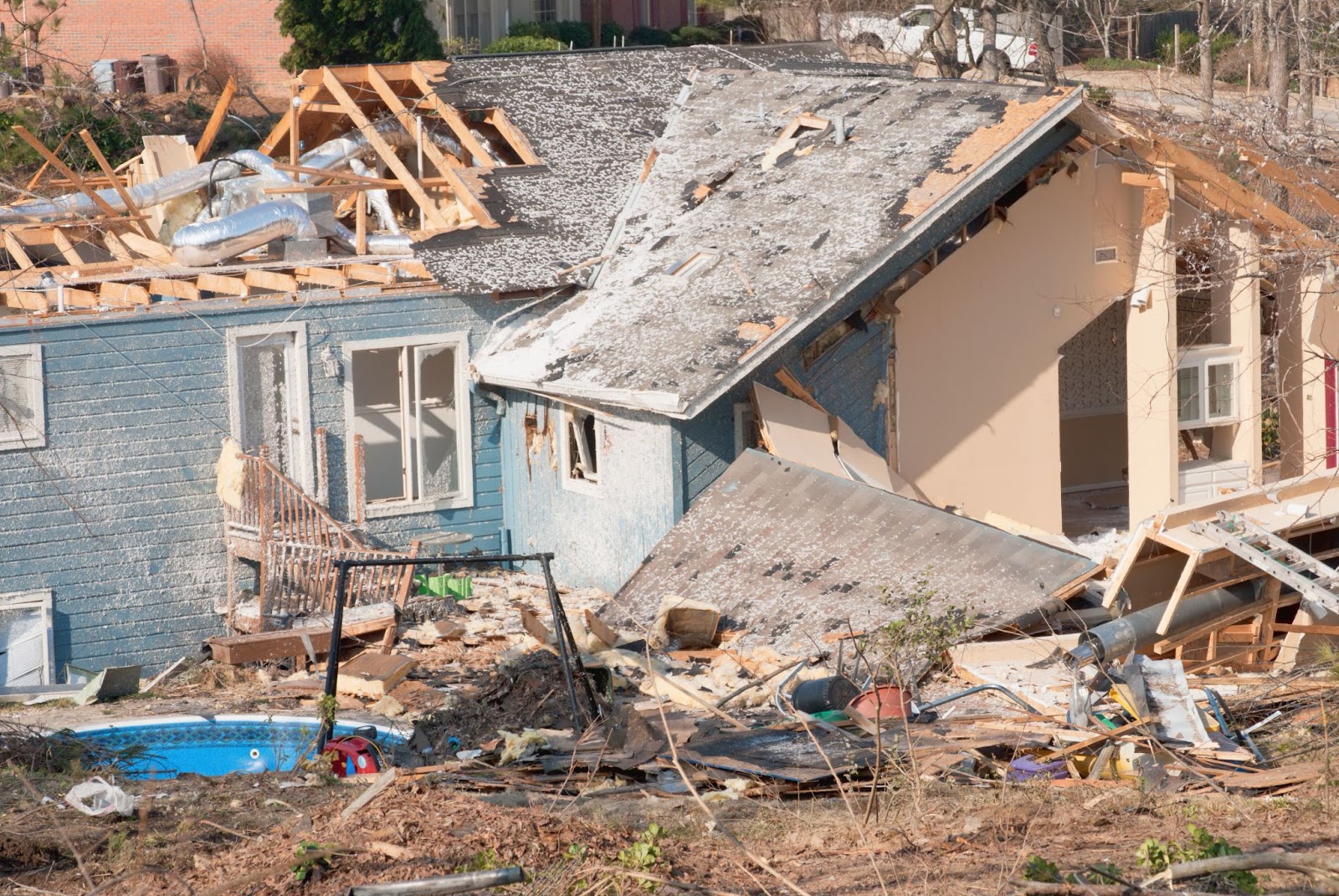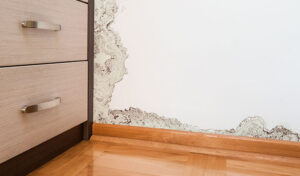When the fury of a natural disaster subsides, it leaves behind a scene of devastation. Homes may be damaged or destroyed, streets littered with debris, and communities left reeling from the impact. In the wake of such events, it’s essential to grasp the enormity of the situation and understand the challenges that lie ahead in the cleanup and restoration process.
Proper cleanup after a natural disaster is essential for ensuring safety and facilitating the recovery process. The aftermath of a disaster poses numerous hazards, including unstable structures, contaminated water, and exposed electrical wires.
Without thorough cleanup and restoration efforts, these hazards continue to pose risks to individuals and hinder the restoration of normalcy in affected areas. By prioritizing safety and thoroughness in the cleanup process, communities expedite their recovery efforts and pave the way for a brighter future amidst the devastation.
Assessing the damage
The first step in the cleanup process is to thoroughly assess the damage to your property. This involves inspecting all areas affected by the natural disaster, including your home, yard, and any outbuildings or structures on your property.
Look for visible signs of damage, such as structural cracks, water intrusion, or debris accumulation. Take detailed notes and photographs to document the extent of the damage. This documentation will be crucial for insurance claims and obtaining assistance with the cleanup and restoration process.
Pay close attention to any areas that may require immediate attention, such as compromised structural elements or electrical hazards.
As you assess the damage, prioritize identifying and addressing safety hazards to prevent accidents and injuries during cleanup. Common safety hazards after a natural disaster include unstable structures, exposed electrical wiring, contaminated water, and hazardous materials like asbestos or mold.
Exercise caution when navigating your property and be mindful of potential dangers. Consider enlisting the help of professionals or trained volunteers to identify and mitigate safety hazards, especially if the damage is extensive or if you’re unsure how to safely address certain issues.

Safety precautions during cleanup
When embarking on the cleanup process after a natural disaster, you must prioritize your safety by wearing appropriate personal protective equipment (PPE). This includes items such as gloves, goggles, sturdy boots, and a respirator or face mask.
During natural disaster cleanup, it’s common to encounter electrical hazards and structural damage that pose significant safety risks. Exercise caution when navigating your property and be aware of potential electrical hazards, such as downed power lines, exposed wires, or submerged electrical appliances.
Before entering any structure, inspect it for signs of structural damage, including cracks in walls or foundations, sagging ceilings, or leaning walls. If you suspect the integrity of a building is compromised, avoid entering until it has been inspected and deemed safe by a qualified professional.
If you encounter electrical hazards, immediately shut off power to the affected area if it is safe. Never enter flooded areas where electrical hazards may be present, and always assume that water-damaged electrical equipment is energized until proven otherwise by a qualified electrician.
Cleanup procedures
Start by removing fallen branches, rubble, and other debris from outdoor areas to create a safe workspace. When handling debris, be cautious of sharp objects, broken glass, and potentially hazardous materials such as asbestos or lead-based paint. Always be sure to dispose of debris in accordance with local regulations and guidelines.
Inside your home, prioritize the removal of water-damaged materials such as drywall, insulation, and flooring to prevent mold growth and structural damage. Use caution when handling water-damaged materials, as they may be heavy and harbor mold and bacteria.
In many cases, hiring a professional remediation company may be necessary to safely remove and dispose of hazardous materials.
Salvaging belongings and valuables
As you begin the cleanup process, take care to salvage belongings and valuables that may have been damaged during the natural disaster. Start by sorting through items to determine what can be salvaged, discarded, or cleaned.
Throughout the cleanup process, it’s essential to document any damage to your property and belongings for insurance purposes. Take photographs and keep detailed records of the cleanup efforts, including receipts for any cleaning supplies or services used.
Restoring utilities and infrastructure
Ensuring safe water and electricity
After a natural disaster, restoring essential utilities such as water and electricity is crucial for the safety and well-being of residents. Start by assessing the condition of your home’s water supply and electrical system to determine if any damage has occurred.
For water supply systems, check for leaks, broken pipes, or contamination that may have occurred during the disaster. If you suspect any issues with your water supply, contact your local utility company or health department for guidance on testing and restoring safe drinking water.
When restoring electricity, prioritize safety by inspecting your home’s electrical system for damage or exposed wiring. If you suspect any electrical hazards, such as frayed wires or water damage to electrical components, refrain from attempting to restore power yourself and contact a qualified electrician for assistance.
Once you’ve confirmed that your water and electrical systems are safe to use, follow proper procedures for turning on utilities and conducting any necessary repairs or maintenance. Be sure to test faucets, outlets, and appliances to ensure they function properly before resuming normal use.
Repairing structural damage
Natural disasters may cause significant damage to the structural integrity of homes and buildings, requiring prompt repairs to ensure safety and stability. Start by assessing the extent of the structural damage to your property, including damage to walls, roofs, foundations, and other critical components.
If you identify any structural damage that compromises the safety of your home, such as cracked walls, sagging ceilings, or leaning walls, it’s essential to address these issues promptly to prevent further deterioration and potential collapse.
Depending on the severity of the damage, you may need to enlist the services of a qualified contractor or structural engineer to assess the situation and develop a repair plan. Be sure to obtain necessary permits and approvals before proceeding with any structural repairs to ensure compliance with local building codes and regulations.
In addition to repairing visible structural damage, take proactive measures to reinforce your home against future disasters, such as installing hurricane straps, reinforcing foundations, or retrofitting buildings to withstand seismic activity.
Preventing mold and other health hazards
Drying out your property
After a natural disaster, one of the most critical steps in the cleanup process is ensuring that the affected property is thoroughly dried out. Excess moisture left behind by floods, storms, or other disasters can create an ideal environment for mold and other harmful bacteria to thrive, posing significant health risks to residents.
Start by opening windows and doors to promote airflow and ventilation throughout the property. Use fans, dehumidifiers, and air movers to expedite the drying process, paying particular attention to areas that are prone to retaining moisture, such as basements, crawl spaces, and attics.
Remove any standing water using pumps, wet vacuums, or mops, and dispose of contaminated materials safely. Thoroughly clean and disinfect all surfaces, including floors, walls, and furniture, to eliminate lingering bacteria or pathogens.
Monitor humidity levels regularly and continue to ventilate the property until moisture levels return to normal. Be patient, as thorough drying may take several days or even weeks, depending on the extent of the damage and environmental conditions.
Mold prevention and remediation
Preventing mold growth is essential for maintaining a healthy indoor environment and preventing further damage to the property. Mold begins to grow within 24 to 48 hours following water damage, so it’s crucial to act quickly to mitigate the risk.
Start by thoroughly inspecting the property for any signs of mold growth, including musty odors, visible mold growth, or water stains on walls and ceilings. If mold is present, take immediate action to address the issue and prevent further spread.
Remove mold-infested materials, such as carpeting, drywall, or insulation, and dispose of them properly. Clean and disinfect affected surfaces using appropriate cleaning agents, such as bleach or commercial mold remediation products, to kill mold spores and prevent regrowth.
To prevent future mold growth, ensure that the property remains dry and well-ventilated. Repair any leaks or water damage promptly, and monitor humidity levels regularly to prevent moisture buildup. Consider using mold-resistant materials in areas prone to mold growth, such as bathrooms, kitchens, and basements.
By taking proactive measures to dry out the property and prevent mold growth, you can safeguard the health and well-being of residents and protect the property from further damage following a natural disaster.
Tackle any natural disaster with Total Flood and Fire Restoration
When faced with the aftermath of a natural disaster, the path to recovery can seem daunting. However, with the right assistance, restoring your property becomes more manageable. This is where Total Flood and Fire Restoration shines.
With our expertise and commitment to excellence, we are ready 24/7 to help you navigate the cleanup and restoration process with ease. From assessing the damage to restoring utilities and infrastructure, our team is dedicated to restoring your property to its former glory.
Don’t tackle the aftermath alone — contact Total Flood and Fire Restoration and see how we can be your trusted partner in recovery.








